Blended Learning in New Orleans
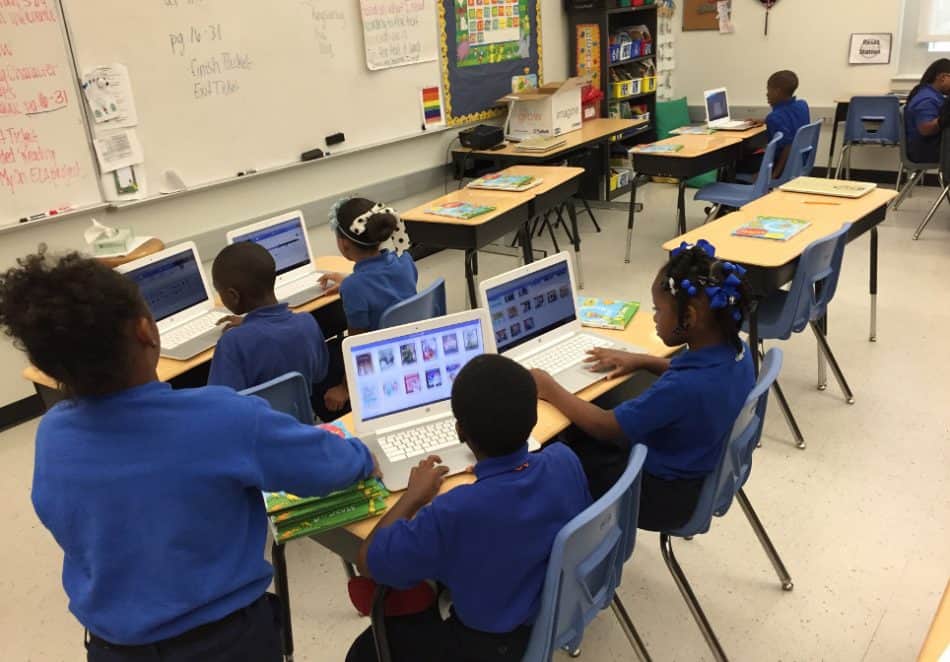
Ten years ago Hurricane Katrina displaced 65,000 students and 7,500 educators. It severely damaged 112 of 128 schools–most of which were academic disasters before the storm. The Louisiana Department of Education transferred most of them to the authority of the statewide Recovery School District.
Today the Orleans Parish operates six schools. The other 88 are charter schools operated by 45 nonprofits. The facilities and academic disaster recovery has been dramatic. As noted last year, NOLA could be the first urban area with no failing schools.
Davis Zaunbrecher, New Schools for New Orleans, explained to a group of visitors the importance of grants and technical assistance to quality new school development.
For the first five years NSNO focused its support on incubating new schools (primarily traditional models). A few years ago NSNO began investing primarily in networks looking to expand or restart low performing schools–and incorporating new tools and learning models.
FirstLine Schools was the first network (4 elementary and 1 high school) to adopt a blended model and see improved academic results. CEO Jay Altman is excited about ST Math and adaptive learning i-Ready and Vmath, and the potential to “make teachers jobs a little more enjoyable.” (See Dell foundation sponsored FSG profile of Firstline.)
Over the last three years, NOLA charters have been collaborating to operate more effectively as a system including a common enrollment system and discipline code. There is still more opportunity to coordinate transportation.
Middle grade blend. KIPP operates 10 schools in New Orleans; most of them are piloting blended learning. KIPP Central City Academy serves 400 African American students in grades 5-8.
A big blended learning lab affords flexible rotations and groupings using Achieve 3000 and Quizlet to boost vocabulary and ST Math, ThinkThroughMath, and iXL. Two teachers work with about 65 students.
During the rest of the day, Chromebooks support more traditional instruction. In support of a focus on writing, KCCA recruited Writing Buddies at Tulane that provide formative feedback.
While students come from all over the metro area, school leader Alex Jarrell serves on the neighborhood development board in an effort to build stronger local ties. However, recruiting and developing great teachers occupies most of Jarrell’s time.
Safety, then pride were the initial area of focus. Now Jarrell wants to develop student autonomy and critical thinking.
Turnaround blend. Renew Schools is “transforming the city’s lowest performing schools into rigorous, college-preparatory institutions.” They operates six turnaround campuses including the K-8 Dolores T. Aaron Academy New Orleans East. Leveled primary groups focus on personalized instruction with two or three station rotations.
Big blocks in middle grades allow a math/science teacher and humanities teacher to get to know 30 students and take advantage of integration opportunities. Daily conferencing helps correct misunderstandings. Middle grade students have take-home Chromebooks and make extensive use of Google apps for education. There is an intentional and organized effort to showcase student work throughout the building.
Teachers have weekly co-planning meetings and meet monthly “to intensively reflect on benchmark data to identify root causes of misunderstandings, and collaborate to strategize the most effective way to reteach objectives.”
High engagement elementary. Bricolage Academy is a diverse school with a focus on advancing equity and creating innovators. After years of teaching and leading in no-excuses schools, Josh Densen wanted to start a school he’d send his own kids to–a school where kids become comfortable with abstractions, responding to failure, and drive their learnings. Bricolage (which means tinkering or do it yourself in French and in English is defined as “a construction or creation from a diverse range of available things”) relies on a workshop model without extrinsic motivators. You won’t see full compliance at Bricolage, but you will see full engagement.
The K-2 school serves 240 students. As they add a grade each year, Densen is aiming for hyper personalized and autonomy in intermediate grades.
Students take on design challenges in an innovation classroom. Below, first graders learn about electronic circuits.
Josh thinks narrow focus on student achievement is wrong. At Bricolage the focus is on innovation and that means creative problem solving. Sci Academy opened its doors to 9th graders with academic deficits in 2008. They set out to prove what’s possible in high school. The school has been one of the top performers in town and more than 95% of Sci Academy’s inaugural senior class graduate with four-year college acceptances in hand.
Sci is piloting two blended learning programs: a senior Seminar in Innovation and Change with 1:1 computer access that enables scholars to develop and apply collaboration, innovation, design, critical thinking, and presentation skills; and a highly differentiated and therapeutic learning environment for students with severe emotional and behavioral needs.
The school, which has operated in trailers portables since it opened, will move into its new facility this month.
For more check out:
- Smart Cities That Work for Everyone
- Smart Cities: New Orleans
- Startup Weekend Education Now Powered by 4.0 Schools
This post includes mentions of a Getting Smart partner. For a full list of partners, affiliate organizations and all other disclosures please see our Partner page.




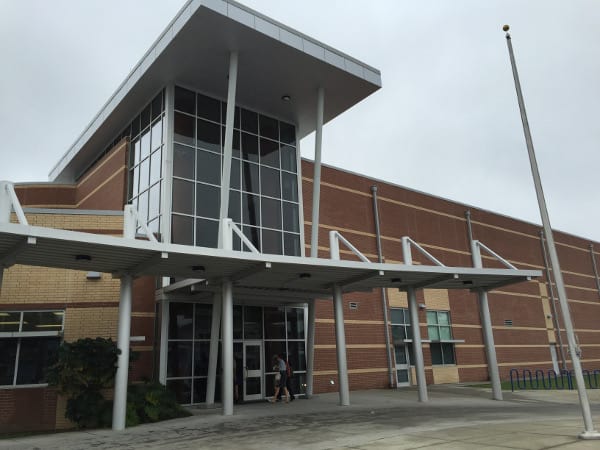
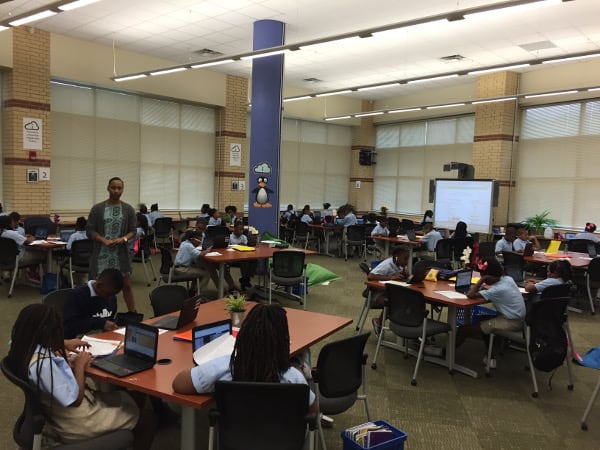
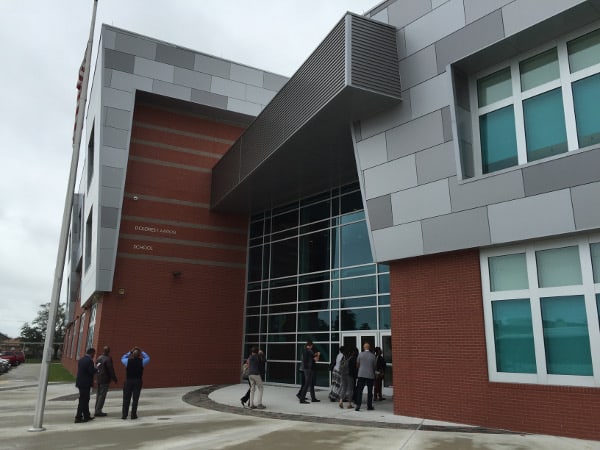
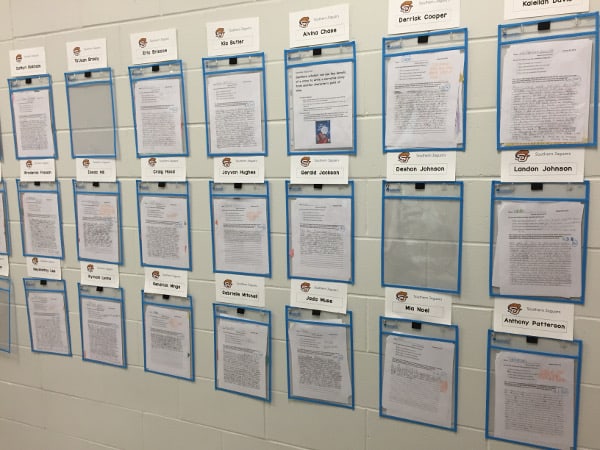
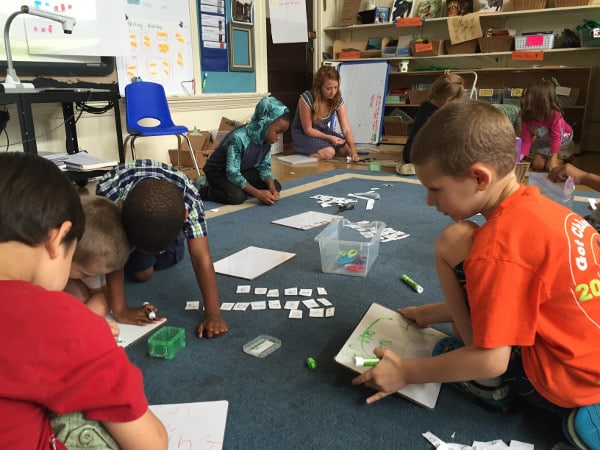
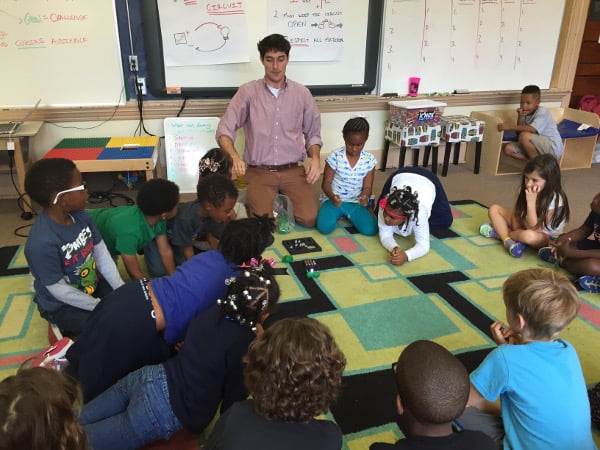
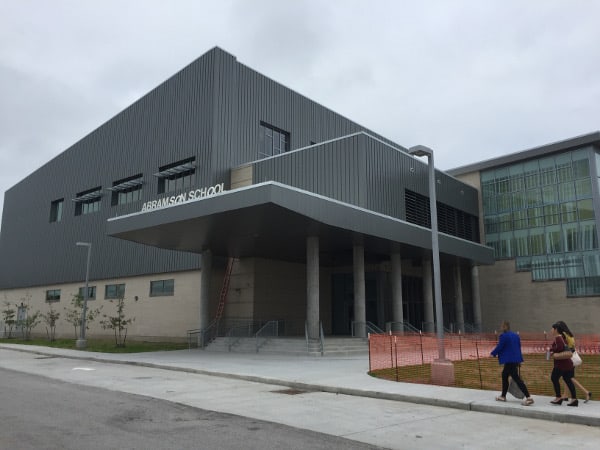

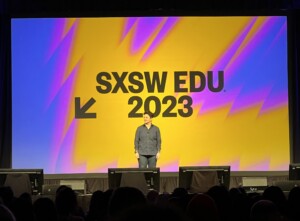

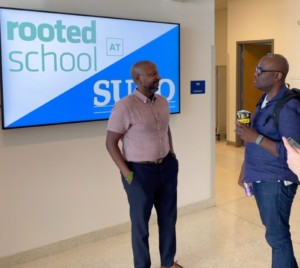
Tom Vander Ark
Check out this great conversation between Linda Buchner and Josh Densen, Bricolage:
http://driven2educate.com/josh-densen/